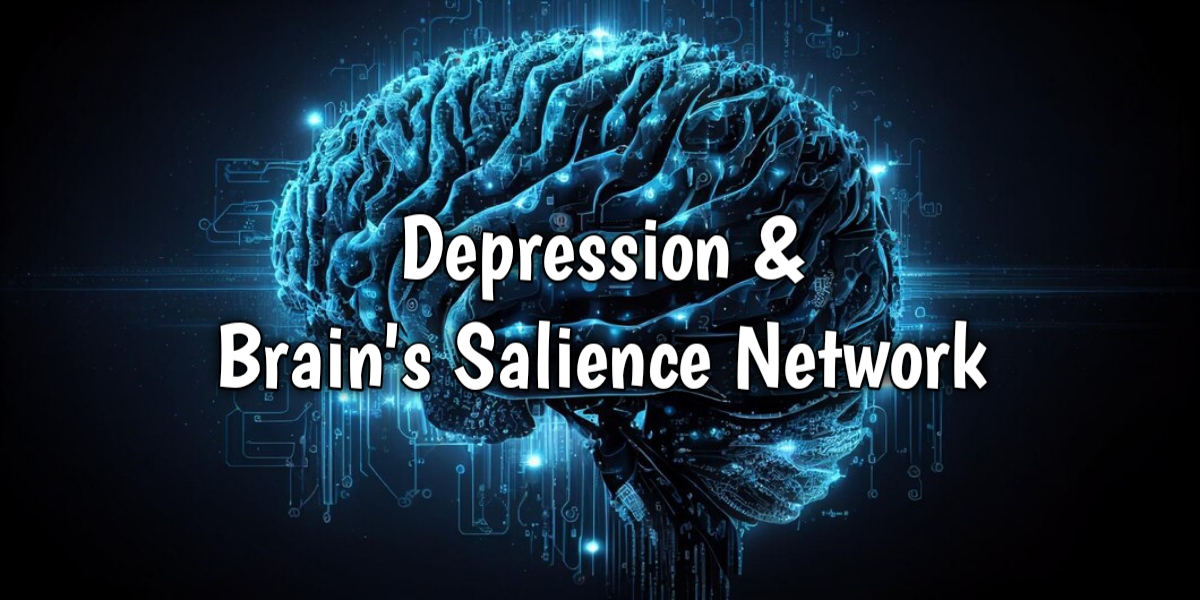 Hey Explorers, What's up!
Hey Explorers, What's up!The internet has become the backbone of modern life, revolutionizing how we communicate, work, and entertain ourselves. However, the high-speed, seamless connectivity we enjoy today was not always the case. The journey of the internet, from its slow dial-up beginnings to today’s fiber optic marvel, has been one of incredible technological evolution. In this blog, we will trace the key milestones in the development of internet technology and explore how we moved from the screeching sounds of modems to the silent, high-speed power of fiber optics.
1. The Dial-Up Era: The Birth of the Internet
 The internet’s humble beginnings started with dial-up connections, a technology widely used in the 1980s and 90s. Dial-up modems operated over traditional telephone lines, allowing users to connect to the web by dialing a phone number. The sound of the modem dialing up—often referred to as the “screech of the internet”—became synonymous with early internet usage.
The internet’s humble beginnings started with dial-up connections, a technology widely used in the 1980s and 90s. Dial-up modems operated over traditional telephone lines, allowing users to connect to the web by dialing a phone number. The sound of the modem dialing up—often referred to as the “screech of the internet”—became synonymous with early internet usage.
- Speeds:
- Limitations:
- Early Pioneers:
2. The Transition to Broadband: Always-On Internet
As internet usage grew, so did the demand for faster and more reliable connections. This led to the development of broadband technologies like DSL (Digital Subscriber Line) and cable internet, which marked a significant upgrade from dial-up.

- Speeds:
- Always-On Connectivity:
- Early Online Innovations:
3. The Rise of Wireless and Mobile Internet

The next major leap in internet evolution came with the introduction of Wi-Fi in 1999. Wi-Fi enabled users to connect wirelessly to the internet, giving people the freedom to access the web without being tied to a desktop computer or physical location.
- Wi-Fi’s Impact:
- Mobile Internet (3G and 4G):
- Mobile Apps and Social Media:
The rise of Wi-Fi and mobile internet made the internet truly accessible anytime and anywhere, accelerating its integration into everyday life.
4. The Advent of Fiber Optics: The Era of Ultra-Fast Connectivity

The introduction of fiber optic technology in the early 2000s marked another seismic shift in internet evolution. Fiber optics revolutionized the way data is transmitted, using light to send information through glass fibers.
- How It Works:
- Unmatched Speeds:
- Widespread Adoption:
- Impact on Modern Technology:

Fiber optics have set a new standard for internet speed and reliability, ensuring that users can access data-heavy applications with ease.
5. The Future of Internet Connectivity: 5G and Beyond
 As we look ahead, the next frontier of internet connectivity is already emerging. 5G networks, which are being rolled out globally, promise to deliver even faster speeds and lower latency, rivaling the performance of some fiber optic connections.
As we look ahead, the next frontier of internet connectivity is already emerging. 5G networks, which are being rolled out globally, promise to deliver even faster speeds and lower latency, rivaling the performance of some fiber optic connections.
- 5G’s Impact:
- Satellite Internet:
- Quantum Internet:
The evolution of the internet from the slow, noisy days of dial-up to today’s lightning-fast fiber optic connections has been nothing short of transformative. Each leap in technology has brought with it faster speeds, greater reliability, and broader accessibility. The internet is now an essential part of modern life, connecting us to the world in ways that were unimaginable just a few decades ago. As technology continues to evolve, so too will the internet. With 5G, satellite, and future quantum technologies on the horizon, the future of the internet promises even more exciting developments, bringing us closer to a world where hyper-connectivity is the norm.Final Thoughts
So what do you think about today's episode! Let me know in the comment section, till then see you in the next topic.


















